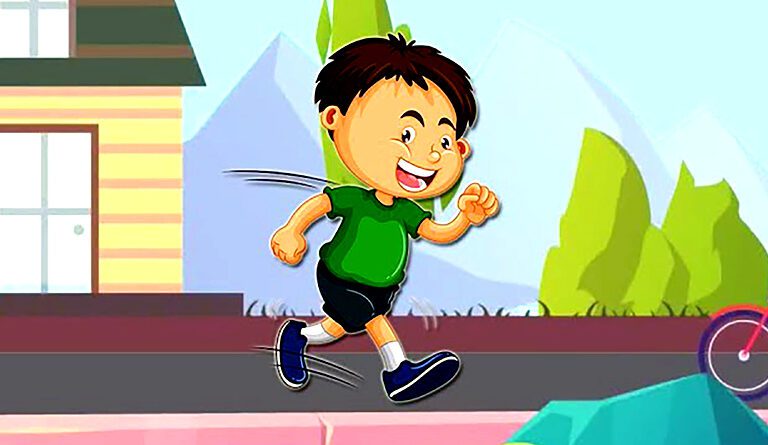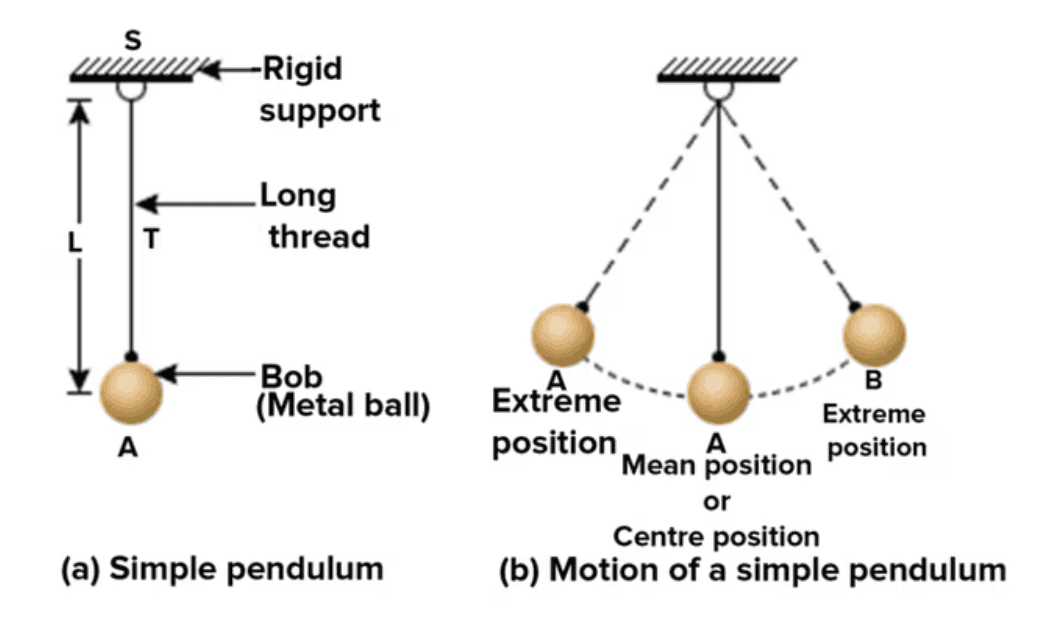Race Against Time: Exploring Speed, Motion & Pendulums through STEM
Motion and Time Experiment For Class 7
Curiosity Questions:
-
Have you ever wondered why a cheetah can run faster than a human or how a train’s speed is calculated?
-
Why do we need clocks and stopwatches to measure movement?
-
Can we show how something moves using a simple graph?
STEM Challenge Introduction:
In this exciting experiment, you’ll investigate how fast or slow different objects move, measure their speed, and even plot a distance-time graph to understand motion like a scientist. You’ll also observe how a simple pendulum works and use it to understand the concept of time period. This challenge is not just about movement it’s about thinking like an engineer, calculating like a mathematician, and observing like a physicist. Let’s explore how motion and time are deeply connected.
Materials Required:
Measuring Speed of Objects:
-
A smooth flat surface (like a floor or table).
-
Toy car or ball (preferably small and smooth-rolling).
-
Measuring tape or ruler (at least 1 meter).
-
Stopwatch or mobile phone with stopwatch feature.
-
Notebook and pencil.
-
Masking tape or chalk.
Simple Pendulum:
-
Thread (about 1 meter).
-
Small weight (metal nut, pebble, or key).
-
Ruler.
-
Stopwatch.
-
Hook or a place to hang the pendulum.
Eco-friendly Tip: Use recycled items like old toys, reused string, and keys instead of new materials.
Safety Precautions:
-
Ensure the floor or test surface is clear to avoid tripping.
-
When handling the pendulum, avoid swinging it near someone’s face.
-
Use scissors (for cutting thread) under adult supervision.
Step-by-Step Process:
Measure Speed of an Object
-
Use masking tape or chalk to mark 0 cm and 100 cm on the flat surface.
-
Place the toy car at the starting point (0 cm).
-
When ready, gently push the car and start the stopwatch.
-
Stop the watch the moment the car crosses the 100 cm line.
-
Record the time taken in seconds.
-
Use the formula:
Speed = Distance ÷ Time (Make sure distance is in meters and time in seconds.) -
Repeat with different objects (ball, bottle cap) and compare their speeds.
Plot a Distance-Time Graph
-
Record the distance covered by the toy car at equal intervals (e.g., every 2 seconds).
-
Use graph paper to plot time on the x-axis and distance on the y-axis.
-
Connect the points to see if the motion is uniform (straight line) or non-uniform.
Observing a Simple Pendulum
-
Tie a small weight to one end of the thread and hang it from a fixed point.
-
Measure the length of the pendulum from the hook to the center of the weight.
-
Pull the pendulum slightly to one side and release it gently.
-
Use the stopwatch to measure the time for 10 complete swings.
-
Divide the total time by 10 to get the time period.
Expected Outcome:
-
Students will be able to calculate the speed of different moving objects.
-
They will create a distance-time graph that helps visualize motion.
-
They will observe that the time period of a pendulum remains nearly the same regardless of small swing angles.
Observation:
-
Which object moved the fastest? Why do you think so?
-
Did all objects take the same time to cover the same distance?
-
What did the shape of your graph tell you about how the object was moving?
STEM Concepts Behind It:
-
Science: Motion, speed, time period, gravity.
-
Technology: Use of stopwatch and measuring tools.
-
Engineering: Designing a setup to test motion.
-
Math: Calculations using formulas, graph plotting.
Concept Elaboration:
When an object moves, it covers a certain distance in a certain time. By calculating the speed, we understand how fast it is moving. The distance-time graph helps us see if the object moves at a constant speed (uniform motion) or changes its pace. The pendulum experiment demonstrates the concept of periodic motion, which is used in clocks and timing devices.
Real-Life Applications:
-
Speedometers in vehicles use the same formula to show how fast you’re going.
-
Railway and metro systems use distance-time graphs to plan efficient and safe journeys.
-
Pendulums were once the heart of mechanical clocks they still help us understand time.
Your STEM Challenge:
Try designing your own stopwatch-free experiment.
Can you estimate speed without using a stopwatch? Use claps, count numbers, or a metronome app to estimate time and test your accuracy by comparing with a stopwatch.
Think Further & Explore More:
-
How would your results change if the surface was rough or uphill?
-
Explore how acceleration works when objects speed up or slow down.
-
Research how motion sensors and automated systems use similar principles in robotics and self-driving cars.
Watch Here: Motion and Time Animation Video
Read Here : Heat Experiment For Class 7


